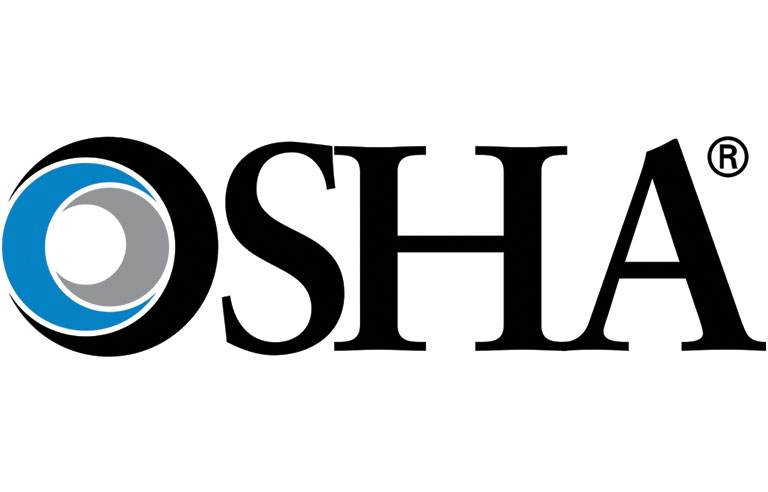In July, OSHA dropped a regulatory bombshell—proposing 26 rulemaking initiatives in a single day, marking a stark shift in workplace safety policy. The changes range from narrow technical updates to sweeping policy reversals, including respiratory protection rules, COVID‑19 reporting, and longstanding safety requirements.
What’s changing?
- Respiratory Protection: Medical evaluations for users of filtering facepiece respirators (FFRs) and loose-fitting PAPRs would be removed, based on OSHA’s conclusion of insufficient health-risk evidence.
- Illumination & Color Codes: Minimum lighting levels on construction sites and certain safety color codes would be eliminated, justified as redundant or low-impact.
- COVID‑19 ETS & Reporting: The Emergency Temporary Standard and its associated recording of COVID‑related cases would be permanently removed—the agency contending they’re no longer necessary.
- OSHA 300 Log Updates: Proposed improvements to record musculoskeletal disorders are being withdrawn, despite previous recommendations from government oversight bodies.
- General Duty Clause Narrowing: OSHA proposes limiting enforcement on inherently risky work—such as animal handling, stunt performance, or extreme sports—potentially exempting them from broad safety oversight.
Why now?
Labor Secretary Lori Chavez-DeRemer framed the move as stripping away “outdated rules that have held back American workers and businesses.” But critics warn this signals a retrenchment in worker safety, not modernization.
Legal experts caution that while some technical updates may be neutral, others – like removing medical reviews or narrowing enforcement—could expose employers to under-protection risks. Meanwhile, oversight advocates worry that weakening the General Duty Clause opens the door to looser health protections in inherently dangerous jobs.
What leaders need to do:
- Stay engaged in the public comment period. Many proposals are in the early stages, and feedback can shape final outcomes.
- Review internal safety systems. If regulations shift, ensure your programs don’t rely solely on former standards.
- Reinvest in compliance culture. A leaner rulebook means more pressure on internal governance, training, and incident response.
OSHA’s move reflects a broader political pivot—but in practice, what matters most is how workplaces adapt and prioritize safety amid shifting regulations. Are you ready to lead?
References:
EHS Today – “What’s Behind OSHA’s Flurry of Rulemakings”
https://www.ehstoday.com/standards/osha/article/55302966/whats-behind-oshas-flurry-of-rulemakings
EHS Law Insights – “OSHA Proposes Significant Deregulation”
https://www.ehslawinsights.com/2025/07/osha-proposes-significant-deregulation

